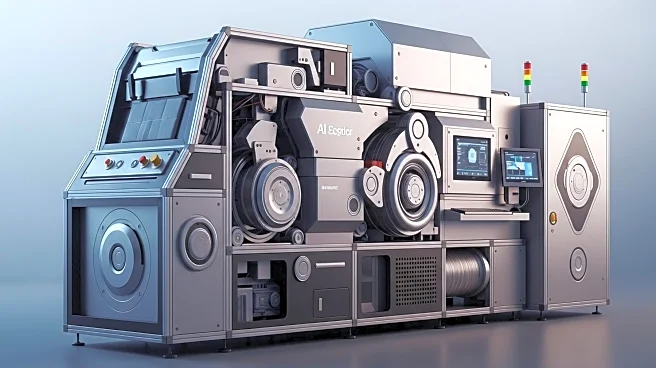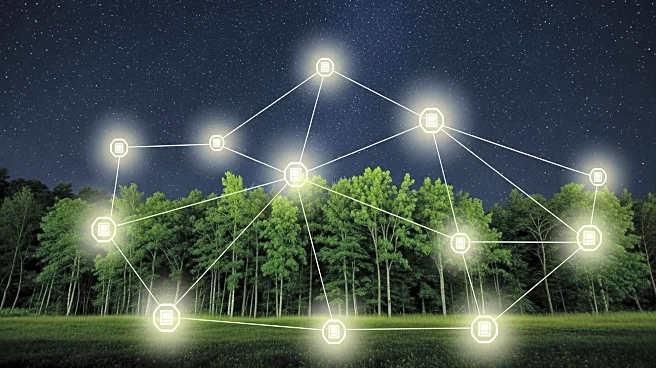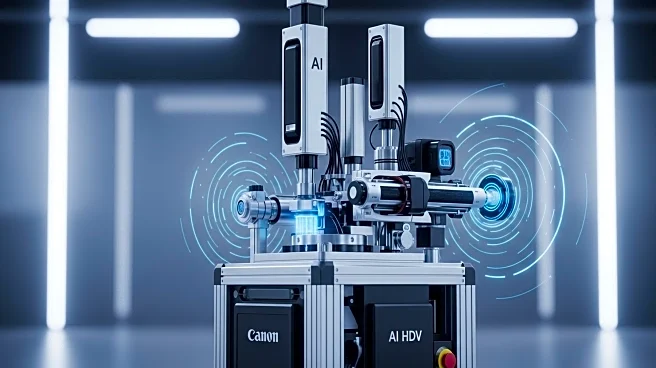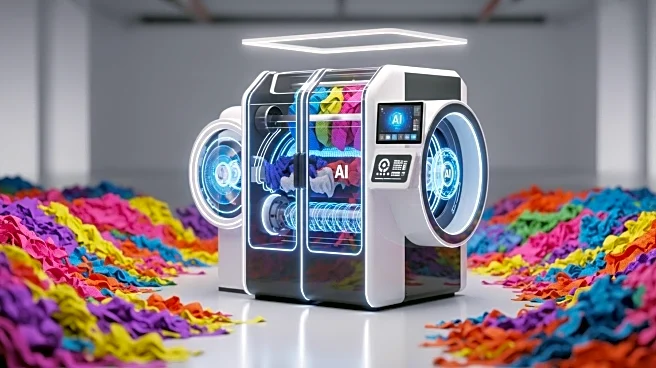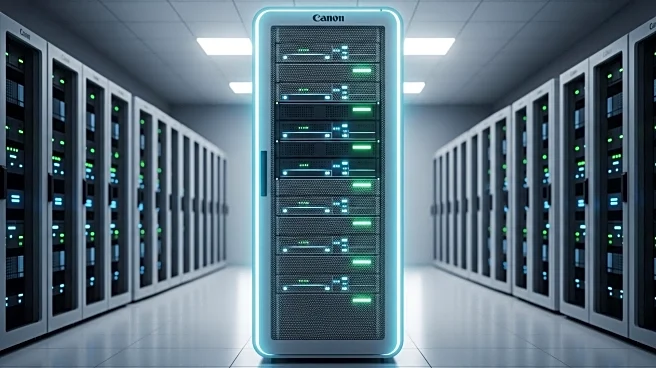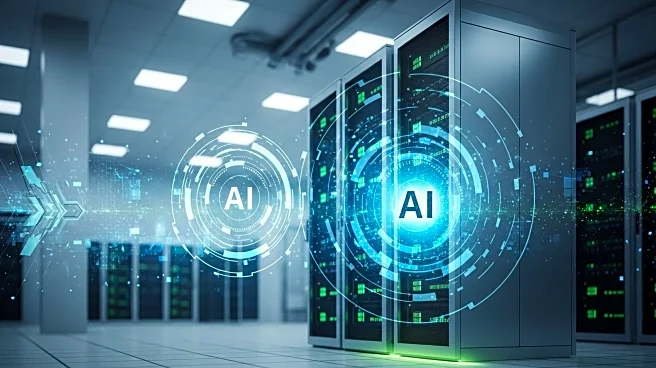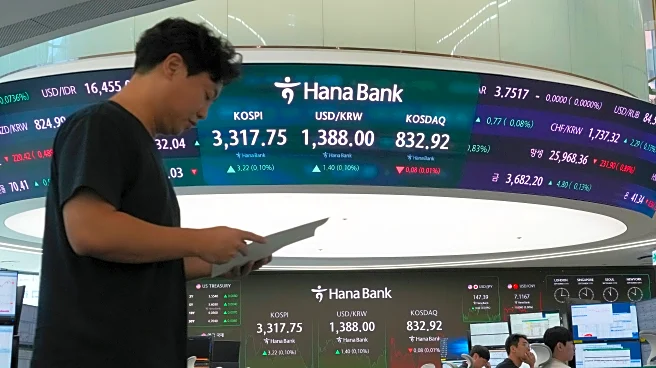What's Happening?
Researchers at the Rochester Institute of Technology (RIT) have developed a machine designed to tackle the significant issue of textile waste in the United States. Annually, 11 million tons of textiles, including clothing, towels, and bedding, end up in landfills, with only about 1% being recycled. The new machine, powered by artificial intelligence, aims to improve the recycling process by identifying and removing contaminants such as zippers, buttons, and screen printing from textiles. The machine uses a laser to cut through impurities, ensuring the purity of cotton or nylon extracted for recycling. The development and testing of this machine have taken over two years, and it is currently in the debugging phase, showing promising results. The machine has been tested with over 1,000 items from a local Goodwill, which were donated but unsold, demonstrating its potential to sort and recycle textiles efficiently.
Why It's Important?
The introduction of RIT's machine could significantly impact the textile recycling industry by increasing the percentage of textiles that are successfully recycled. This advancement addresses the environmental challenge posed by textile waste, which contributes to landfill overflow and resource depletion. By improving the purity of recycled materials, the machine enhances the quality of fibers produced, potentially benefiting manufacturers and consumers seeking sustainable products. The machine's ability to process large quantities of textiles efficiently could lead to increased recycling rates, reducing the environmental footprint of the textile industry and promoting sustainable practices.
What's Next?
The next steps involve refining the machine's operations and potentially partnering with companies to scale up the recycling process. The goal is to move the technology to a company capable of processing clothing and selling bales of pure material. This transition could lead to broader adoption of the technology, encouraging more organizations to participate in textile recycling. Stakeholders such as environmental groups, textile manufacturers, and recycling companies may react positively to this innovation, as it aligns with sustainability goals and offers economic opportunities in the recycling sector.
Beyond the Headlines
The development of this machine highlights the intersection of technology and sustainability, showcasing how artificial intelligence can be leveraged to address environmental challenges. It also raises ethical considerations regarding the responsibility of industries to reduce waste and promote recycling. Long-term, this innovation could inspire further technological advancements in waste management and recycling, contributing to a cultural shift towards more sustainable consumption patterns.
